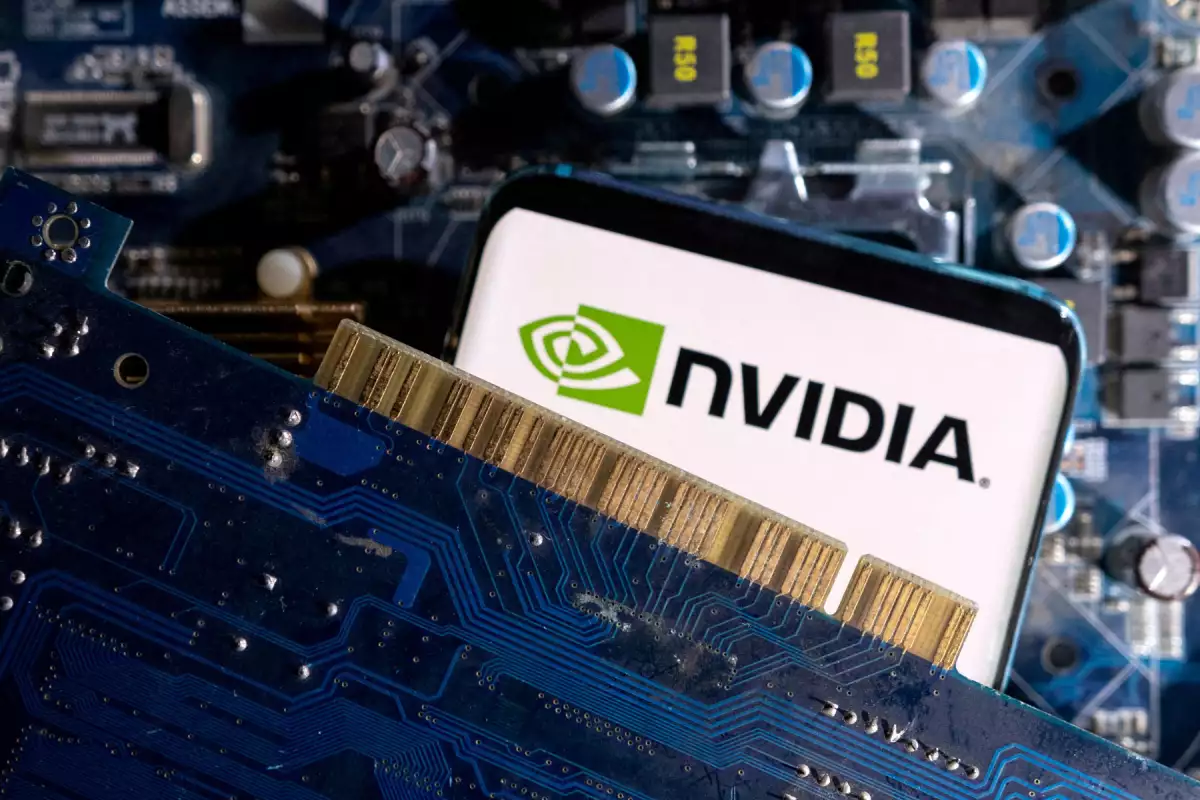
AMD evens AI race by buying ZT Systems for $4.9 billion
The company focuses on next-generation chip designs for AI and represents AMDs third-largest acquisition.
In the race to harness artificial intelligence, Nvidia isn’t the only competitor. Now AMD is moving its pieces to match, announcing the acquisition of ZT Systems , a company focused on computing designs and infrastructure for the latest AI innovations , for $4.9 billion.
According to AMD, the plan with this acquisition is to incorporate ZT Systems' computing infrastructure design business into its operations, in addition to giving greater depth to its AI systems design environment.
Today, to stand out in the chip world, it is necessary to adopt an improved approach, due to the rapid evolution and complexity of Artificial Intelligence models, which require more efficient technologies with greater processing capacity for their training.
“Our acquisition of ZT Systems is an important next step in our long-term AI strategy,” said AMD CEO Lisa Su, who also noted that the company’s expertise will allow them to strengthen their data center AI systems and customer enablement capabilities.
He also added that this operation is based on accelerating its hardware and software roadmaps in the world of AI, although an important part of the transaction is that AMD will only keep ZT Systems' infrastructure design business, while it will sell the manufacturing division.
ZT Systems was founded in 1994, when it started out manufacturing PCs and small servers. It later focused on large cloud infrastructures and has more recently been dedicated to infrastructure for AI hyperscalers, such as Nvidia or Intel, with whom it had worked during its years in the industry.
ZT Systems CEO Frank Zhang will now join AMD as head of the company’s manufacturing business, while the company president will lead AMD’s design and client enablement teams.
Zhang said he was excited to join AMD “and together play an even bigger role in shaping the AI infrastructure that is defining the future of computing.”
This is the third-largest acquisition in AMD's history. In 2020, it spent $35 billion to acquire Xilinx, a company that makes highly specialized chips used in military aircraft, for example; while in 2006, it shelled out $5.4 billion to buy graphics card company ATI.
With this move, AMD will try to level the playing field in the AI chip industry, where Nvidia has been the absolute dominator in recent years. However, this is a market in which more and more companies are interested.
It is worth recalling that last week it was reported that the Chinese firm, Huawei, will present a new AI chip that will seek to compete with Nvidia in the Asian country, due to the restrictions that the United States government has imposed on the company and that do not allow it to sell its most advanced technology in China.
Leave a comment:


Tranding News










